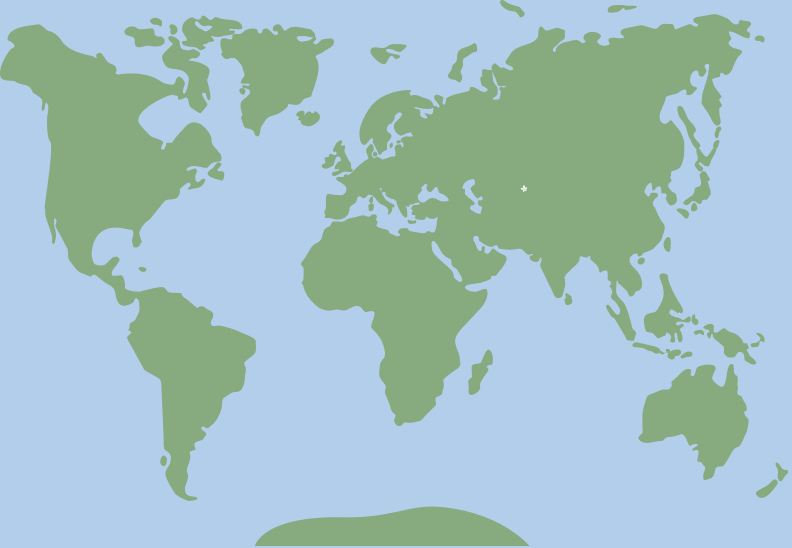Funen, Denmark
Egeskov Castle
This floating castle appears to be from an enchanted fable, but in actuality it is Europe's best preserved Renaissance water castle.
Wicklow, Ireland | C.1876
In 1866, veteran Captain Halpin, commander of the innovative steam ship, The Great Eastern, laid 2,600 miles of telegraphic cable to join Europe to America and thereby launch transatlantic communications into the modern age.
Captain Halpin, was no stranger to traversing the sea and connecting with strangers, having left home at age 10 to join a coal ship. He narrowly escaped death after the vessel was shipwrecked, but Halpin was undeterred and joined the ranks of the Henry Tanner for a maiden voyage to Australia.
Halpin would join a new ship bound on a voyage to collect rich fertilizer also known as “guano” (aka: bird sh*t) and reaped a huge profit. A major promotion awaited him, and with more ship transfers, he continued to rise the ranks commanding steam-propelled ships at only 22 years old.
Ultimately, Halpin would apply as First Engineer on the behemoth, The Great Eastern – five times larger than any other ship built at the time – and lay the cable to connect Europe to America.
Returning to his hometown of Wicklow with his payday, Halpin enlisted a prominent architect to design a Victorian-era mansion surrounded by the breathtaking “Garden of Ireland.” The Captain, undeterred by a life at sea, finally came home to rest overlooking the Irish Sea from his dream home.
 52.9961111, -6.0669444
52.9961111, -6.0669444
Max file size is 40MB. JPEGs are preferred.
You do not have permission to view this form.Need an account? Sign up
This site is protected by reCAPTCHA and the Google Privacy Policy and Terms of Service apply.
Know more? Share with the community!
Submit Your ImageLogin/Sign Up.